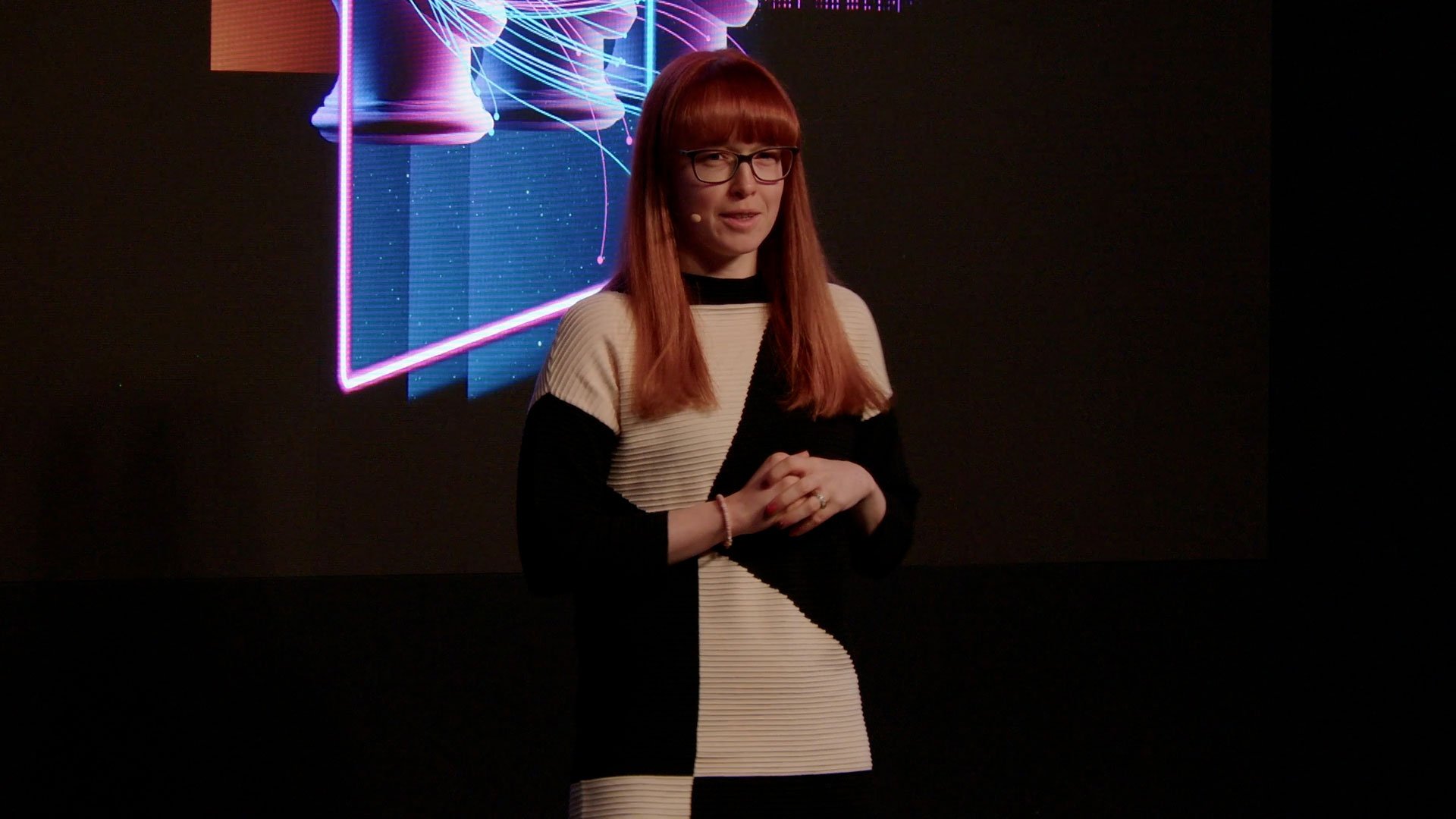Key points
The Baillie Gifford Managed Fund, a distillation of the group’s strongest ideas across equity and fixed income, had its best year ever in 2020. Can it continue to thrive?

The value of an investment in the fund can fall as well as rise and investors may not get back the amount invested. Past performance is not a guide to future returns.
The Managed Fund was launched in 1987, so has weathered plenty of crises before. The process has been largely unchanged over its history. It draws on the regional equity and fixed income teams, who all contribute their best ideas to the fund. “They all provide the building blocks for the Managed Fund,” says Lucy Haddow, client service director at the group.
The year 2020 played to Baillie Gifford’s strengths. At a time of uncertainty, investors gravitated to those companies with a lengthy and predictable growth trajectory. The Baillie Gifford Managed Fund, which serves as a distillation of the group’s strongest ideas across equity and fixed income, had its best year ever, outperforming the wider sector by 20 per cent. The question today is whether it can continue to thrive in a climate of recovery.
It has a 75/25 strategic weighting to equities versus bonds and cash, with equities considered the long-term growth engine and fixed income there for balance, growth and diversification. The allocation to the different regions is decided by the relative enthusiasm of different regional managers and whether they are seeing lots of new ideas. This takes some nuanced judgement – all fund managers have inherent enthusiasm about their asset class.
Haddow says that it helps that they know each other well: “We’ve worked together for a long time and we get a sense of whether they are mildly enthusiastic or really enthusiastic. To my mind, this best demonstrates our process on the fund and managers will be honest if they’re not finding many ideas, would prefer to remain underweight or add incrementally. We see it with fixed income at the moment, where the managers are still finding ideas but are cautious, and we saw it with UK equities last year.”
The policy setting group is charged with making these decisions. This is Andrew Stobart, emerging market equities manager, and the two lead managers on the fund, Iain McCombie and Steven Hay. There are also representatives from the multi-asset and client service teams. Haddow is the chair.
They rarely make significant moves, each will be incremental. “We try not to tinker. There is always a temptation to tinker, but we always bring it back to where the ideas are coming from.” For example, more recently, the group has been finding ideas in Asia and emerging markets. “Our increased allocation is a reflection of the widening opportunity set available,” says Haddow. This is part of a broader trend – the economic centre of power is shifting from west to east.
The approach has served the fund well through almost all market conditions. It has had a tougher time since the start of the year, given the pause in growth but has still delivered a positive return.
Certainly, Baillie Gifford won’t be changing the style that has worked so well for it over the longer term. Haddow: “We are long-term bottom-up growth investors. What you get is consistency.” Nevertheless, the process naturally steers the fund to attractive areas of the market, so it can participate in some recovery areas. Its largest position currently is in UK equities, with companies such as St James’s Place among its top 10 holdings.
Haddow says it would also be wrong to think of the fund as solely focused on technology, even though it has significant weightings in Shopify and Amazon. “Technology is only around 11 per cent of the fund; we have more in industrials.” Growth can be found across a broad range of sectors. One of the fund’s latest holdings is Japan-based Unicharm, which makes baby diapers, but also adult incontinence pads. The latter is a fast-growing market as the Japanese population ages.
The managers have moved away from some of the companies with which Baillie Gifford is most associated. For example, it reduced Tesla on the fund from 1.5 per cent to 0.8 per cent and it sold out of Alphabet completely. It had already sold Facebook and hasn’t held Apple for many years. Haddow admits that the portfolio will always look expensive on standard short-term metrics, but they are not valuation agnostic and will sell out or reduce if companies get too expensive versus the long-term opportunity.
Haddow says the team is tapped into a rich seam of new opportunities: “We are pushing to find the next generation of growth businesses. We get good access to companies. We have participated in quite a few initial public offering (IPOs) this year, including a consumer finance business and a biotechnology group. These both came from relationships Baillie Gifford had with them as private companies. This existing relationship gives us greater confidence when buying an IPO.”
The fixed income portion is trickier. There is relatively little value in conventional fixed income. The fund has an overall underweight in the fund – 17 per cent versus a 20 per cent starting point. Haddow says that being active and long term is helpful, as is having a global opportunity set. The fixed income portion of the portfolio now has several inflation-linked emerging market and high yield issues: “These are more attractive in an environment where there is higher inflation”.
In terms of governance and sustainability, the fund has no specific exclusions, but the process naturally pushes towards companies that can grow sustainably over time. That naturally steers the managers away from less sustainable areas such as tobacco or oil. The fund currently has no tobacco, and only around 0.2 per cent in gambling. Equity exposure to the energy sector is just over 1 per cent. “We have long thought about social and governance considerations,” says Haddow.
Inflation is a concern in today’s environment, but the fund is focused on companies with pricing power. Haddow says: “We have to recognise that companies don’t grow overnight. We need to put trust in the management teams we’re working with to address the issues. For us, it’s about consistency of approach.”
| 2017 | 2018 | 2019 | 2020 | 2021 | |
| Managed Fund | 23.4 | 11.5 | 7.2 | 16.1 | 26.9 |
| Sector Median* | 16.5 | 4.9 | 3.7 | 0.0 | 17.2 |
Source: Statpro, FE. Class B accumulation shares, total return in sterling. Returns reflect the annual charges but exclude any initial charge paid.
Past performance is not a guide to future returns.
As featured in Adviser Hub News Magazine #48 Summer Issue
This article does not constitute, and is not subject to the protections afforded to, independent research. Baillie Gifford and its staff may have dealt in the investments concerned. The views expressed are not statements of fact and should not be considered as advice or a recommendation to buy, sell or hold a particular investment.
The Fund’s share price can be volatile due to movements in the prices of the underlying holdings and the basis on which the Fund is priced. Investments with exposure to overseas securities can be affected by changing stock market conditions and currency exchange rates.
The Fund invests in emerging markets where difficulties in dealing, settlement and custody could arise, resulting in a negative impact on the value of your investment.
Baillie Gifford & Co Limited is authorised and regulated by the Financial Conduct Authority. Baillie Gifford & Co Limited is an Authorised Corporate Director of OEICs. All data is sourced from Baillie Gifford & Co unless otherwise stated.
10418 10001975




